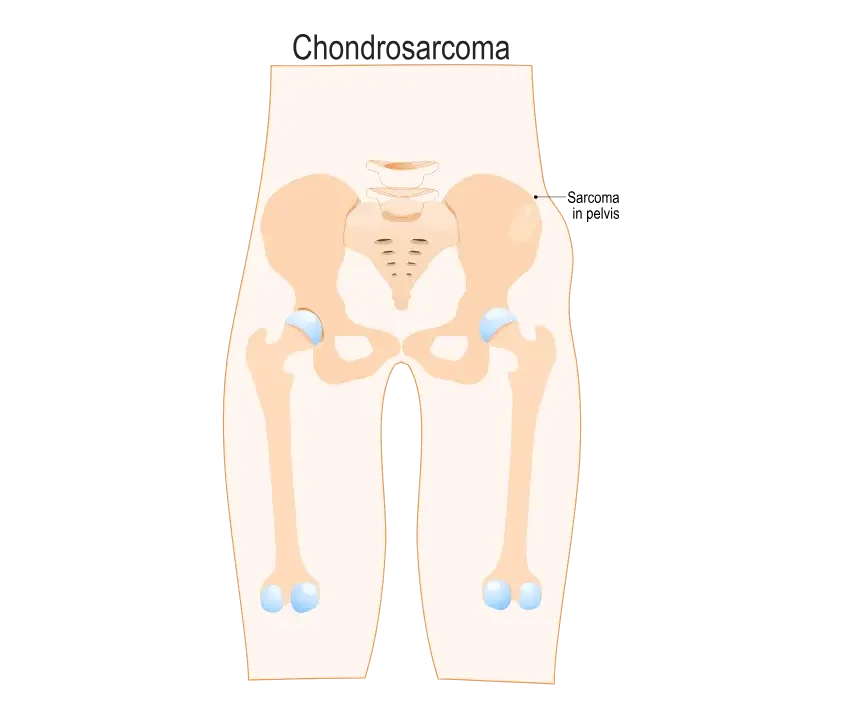Osteoblastoma
Osteoblastoma is a rare, benign bone tumor that primarily affects the spine and long bones of young adults, typically between the ages of 10 and 30. Unlike its more aggressive counterpart, osteosarcoma, osteoblastoma grows slowly and is less likely to metastasize. Patients often experience persistent pain that is not relieved by conventional painkillers, along with localized swelling and tenderness. While the tumor is benign, its proximity to vital structures such as the spinal cord can cause significant discomfort and functional issues.










